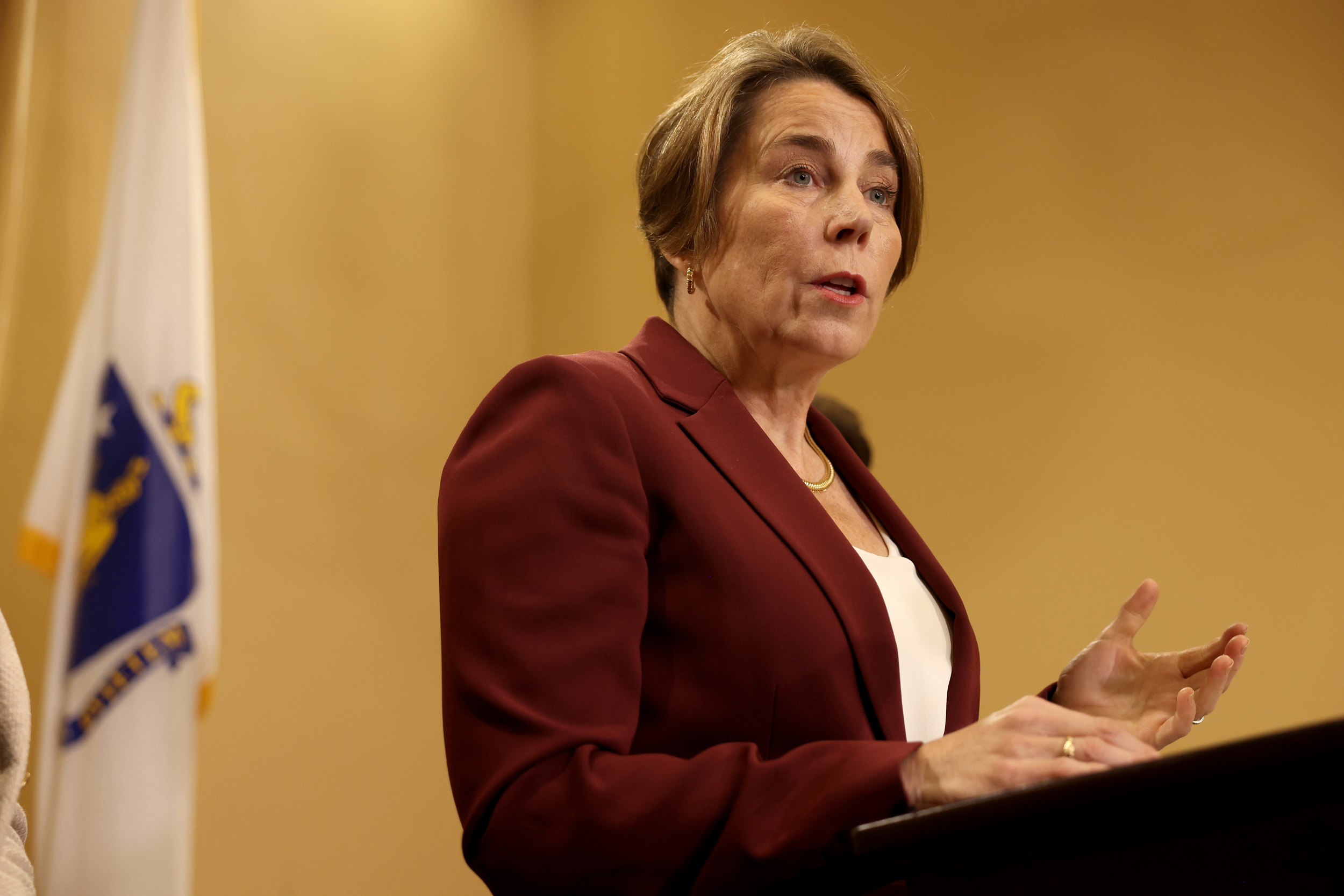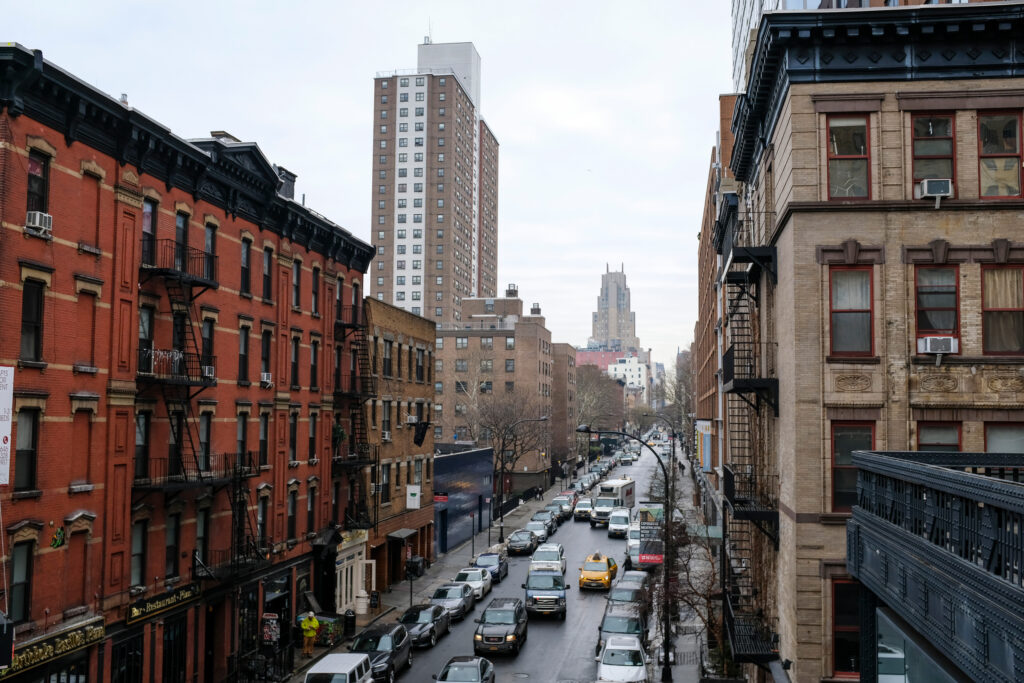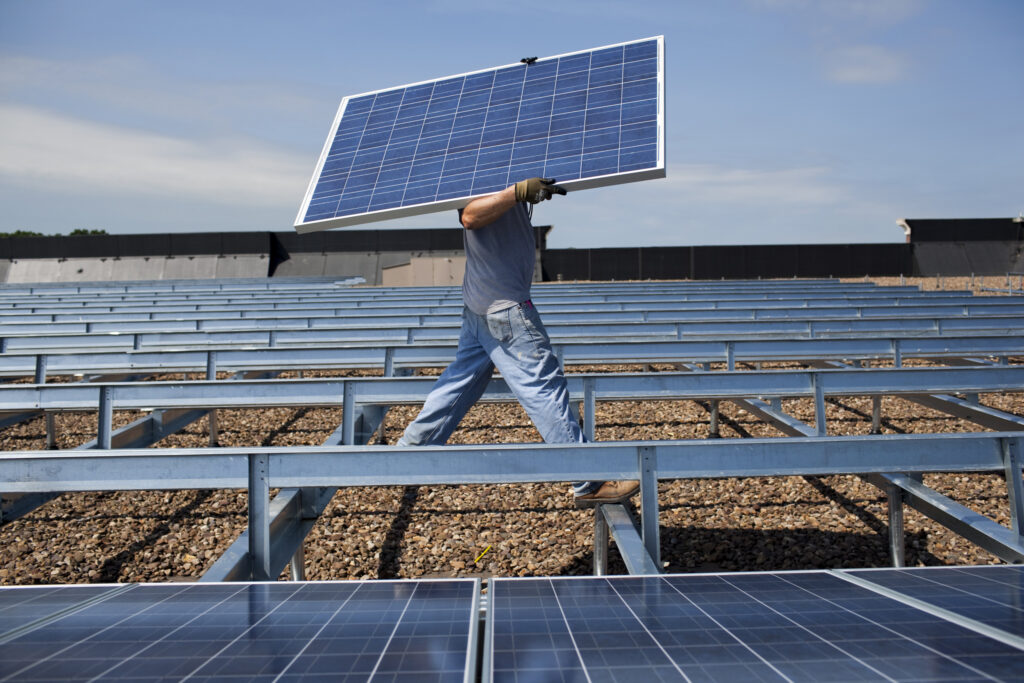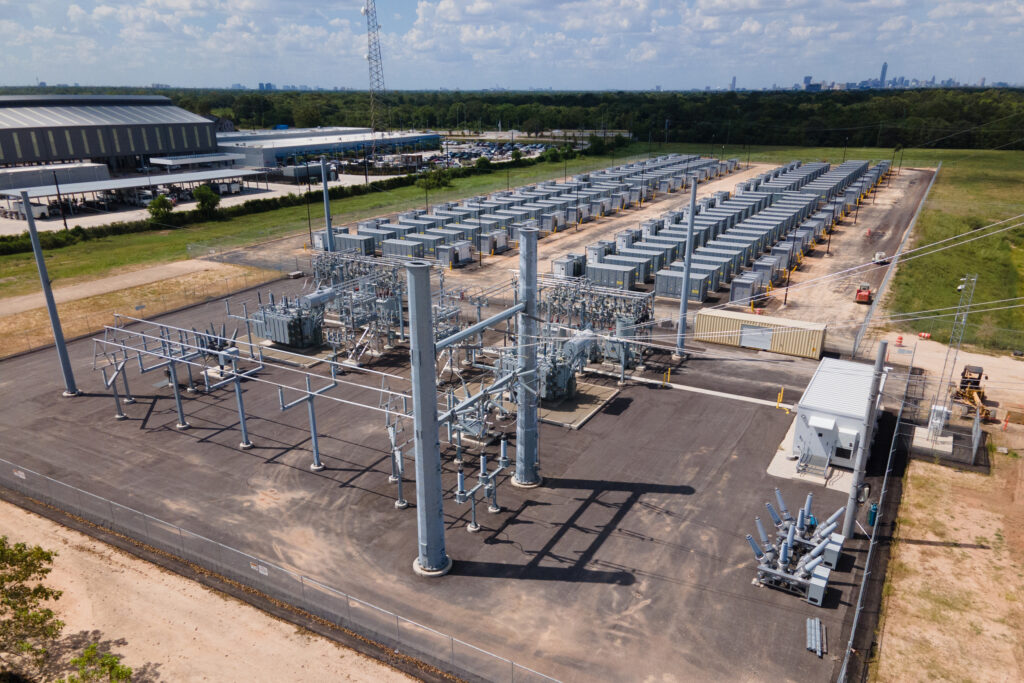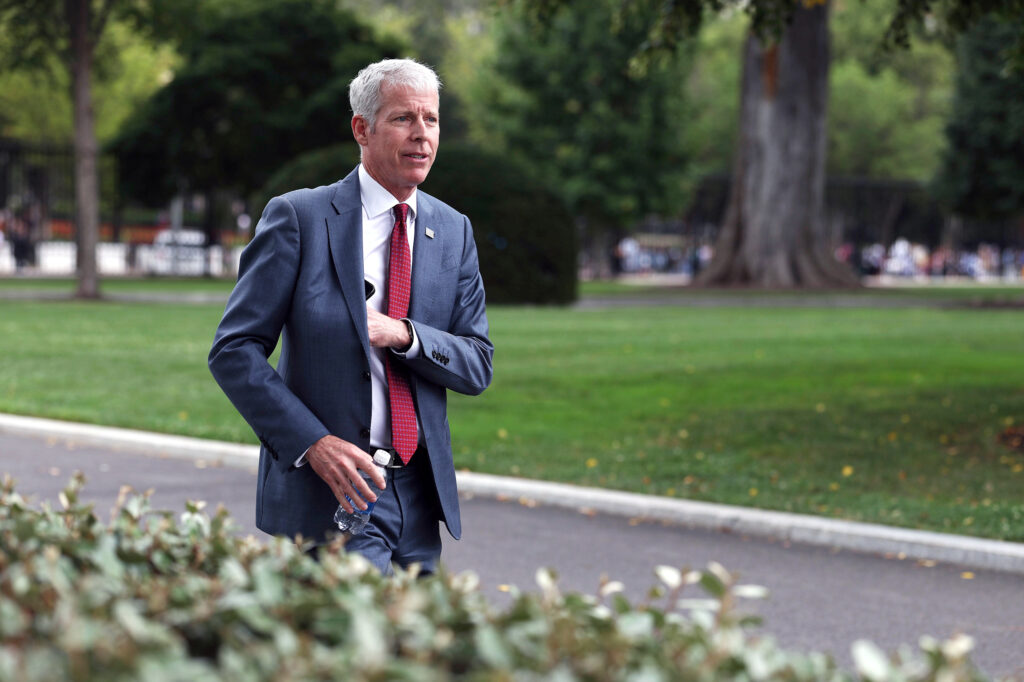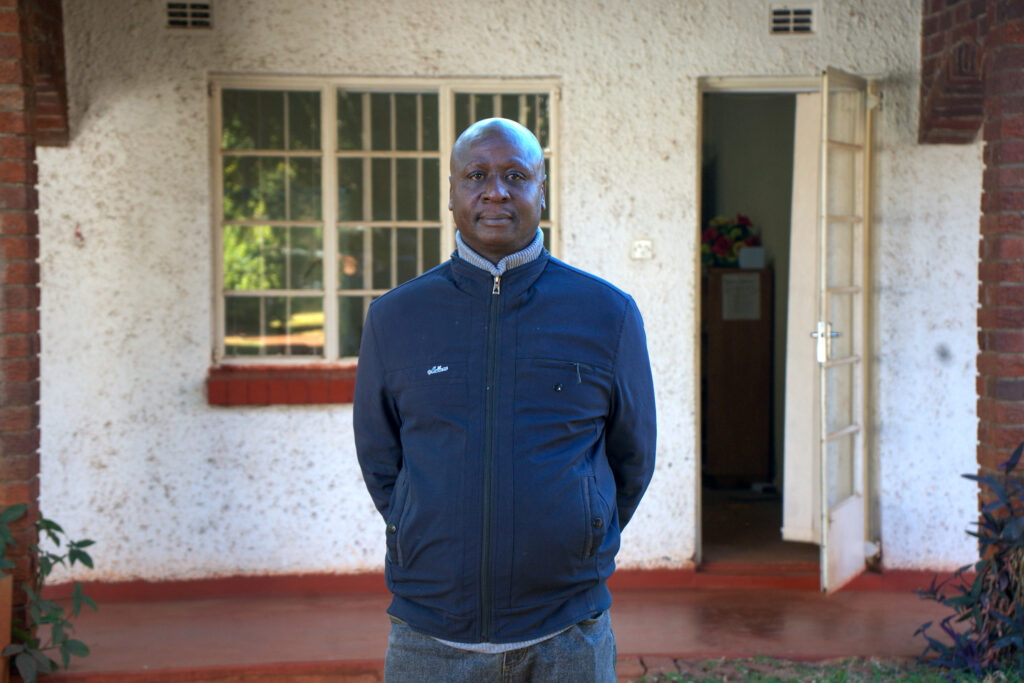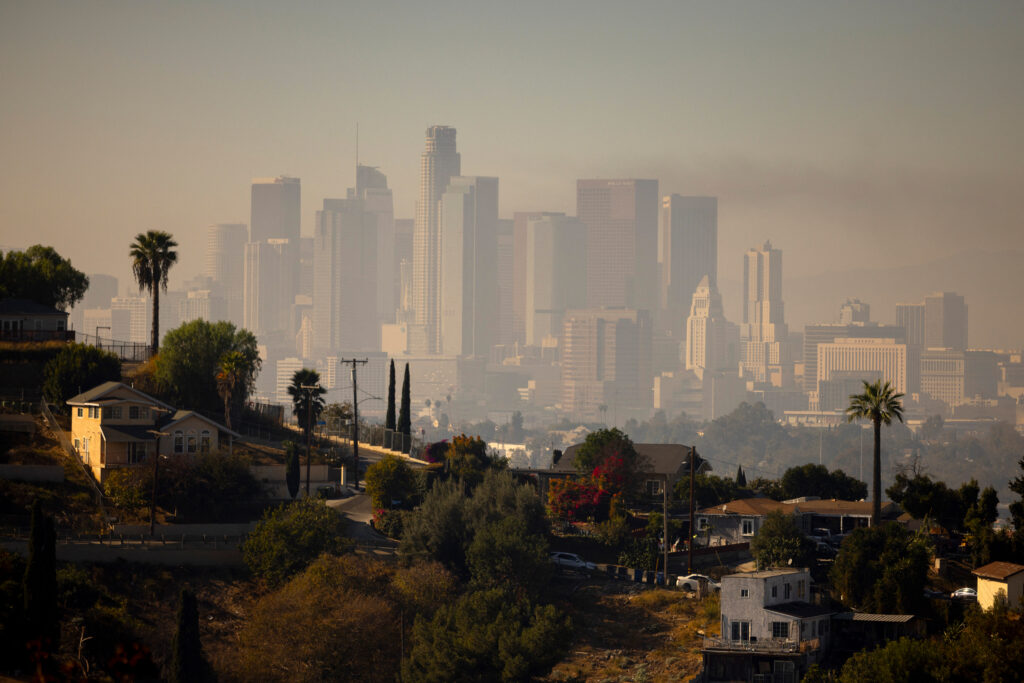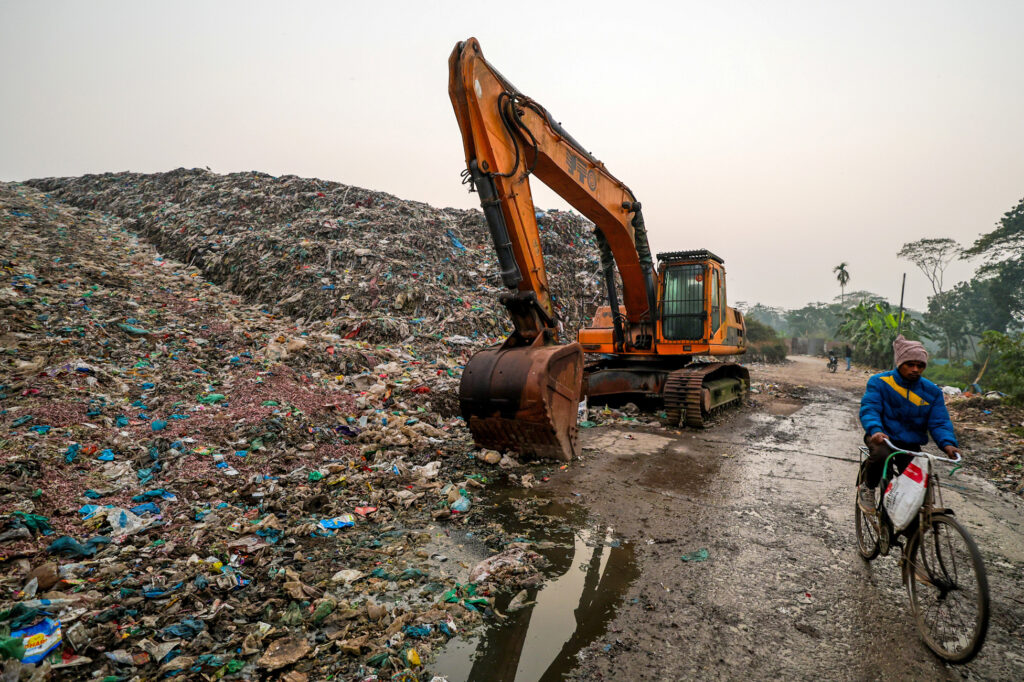During hurricanes, blackouts can be as life-threatening as the heavy rains and gale-force winds that cause them.
Perhaps the most clear evidence of this was during Hurricane Maria in 2017, which devastated Puerto Rico’s aging electrical grid and cut power to many homes, schools and hospitals for more than 100 days, depriving many of critical medical care. Since then, the U.S. territory—as well as other coastal regions and islands—have been beefing up their solar infrastructure to fortify grids and help keep the lights on during hurricanes, a strategy that proved effective for some Puerto Rican communities during Hurricane Fiona in 2022.
But climate change is fueling stronger and increasingly frequent storms, which have damaged solar panels on roofs and arrays alike. With an abnormally active Atlantic hurricane season on the horizon, solar infrastructure across coastal communities could be at risk this summer. I spoke with Luis Ceferino, a civil and environmental engineer at the University of California, Berkeley, to learn more about what types of hurricane conditions pose the biggest threats to solar panels.
We’re hiring!
Please take a look at the new openings in our newsroom.
See jobs
“Hurricanes can bring strong winds and those winds can damage a lot of infrastructure,” said Ceferino. “We’re still understanding what impact these high winds bring on solar panels.”
Winds can reach more than 180 miles per hour during a Category 5 hurricane, which has the potential to rip a panel clean off its bracket. That’s what happened in 2017 when Hurricane Irma made landfall in the island of Barbuda, where officials from the Antigua Public Utilities Authority had been working on a 1-megawatt solar PV plant before the entire system was blown and washed away, reports Canary Media.
Solar panels in other nations in the Caribbean are similarly vulnerable during extreme storms—often due to the way they are built and installed, according to a 2023 study Ceferino led. The researchers analyzed wind fields and solar panel structural performance data in the Caribbean for Hurricanes Irma, Maria and Dorian, and found that panels were failing at lower winds than they were supposed to and were performing below code requirements, particularly the ones installed on residential rooftops. The study’s authors found similar issues with panels in Florida.
Reported failures were often due to installation issues such as clamp failures, racking fractures and buckling, bolt shear failure and bolt loosening, according to the study.
“It seems like the problem is there but the scale of it, I don’t think we know yet,” Ceferino said. “People are working mostly on strengthening the panel itself so that it can sustain higher winds. I haven’t seen as many people working on new designs for the structure that supports the panel.”
Not all panels buckle under hurricane mayhem. For example, in a residential community in southwest Florida known as Babcock Ranch, developers designed their solar array—which includes nearly 700,000 panels—to withstand harsh conditions, a strategy that proved exceedingly successful during Hurricane Ian in 2022. Despite rolling blackouts in the surrounding areas, residents of Babcock Ranch enjoyed electricity—and even wifi—during the storm.
Other areas are testing out their own “hurricane-proof” solar infrastructure; nearly seven years after Irma, the UAE-Caribbean Renewable Energy Fund announced in March the completion of a solar project in Barbuda with panels designed to withstand around 165 miles per hour (though this is still lower than peak winds during Irma). In the U.S., the utility company AES Corporation recently finalized a deal with the Australian company 5B to deploy nearly 1,400 of its modular solar arrays in Puerto Rico, which the company says were built to handle wind speeds of up to 166 mph, reports Eletrek.
However, hurricanes also pose a different issue to solar infrastructure that designers are going to be hard-pressed to solve: a lack of sun. At their peak, extreme storms can create clouds that are optically thick, blocking much of the sun’s rays—which means less power generation for panels, according to Ceferino.
This story is funded by readers like you.
Our nonprofit newsroom provides award-winning climate coverage free of charge and advertising. We rely on donations from readers like you to keep going. Please donate now to support our work.
Donate Now
“The clouds are transient. The problem is that they happen at the time of maximum crisis,” he said. “If you are a hospital that has solar panels and, on a normal day, is expected to produce a certain amount of energy, during a hurricane, you’re going to produce way less. And you have to take that into account.”
A group of researchers at Oak Ridge National Laboratory recently pitched creating a “super grid” that would connect the U.S. to the Caribbean islands using a network of undersea cables to help fill in solar energy gaps when the sky darkens. However, this concept is very much still in the simulation phase, and there are many unanswered questions surrounding its efficacy or potential environmental impacts.
In the meantime, wind-proofing solar arrays remains the focus for many developers—and this busy hurricane season will likely reveal how their approaches are faring.
Other stories about the energy transition to take note of this week, compiled by Dan Gearino:
EU to Hit Chinese EVs With Extra Tariffs of up to 38 Percent: The European Commission said on Wednesday that it would impose extra tariffs of up to 38.1 percent on electric vehicles imported from China, as Philip Blenkinsop reports for Reuters. Officials from China said the policy is protectionism but Chinese automakers said the increase in tariffs would not have a major effect. Shortly before the announcement, Giulio Piovaccari reported for Reuters about how Europe’s national governments continue to compete to attract factories from Chinese automakers, even as the European Union was considering an increase in tariffs. China-based EV makers, including BYD, Chery and SAIC, are looking to build models in Europe as a way to get around tariffs, save on shipping costs and build a following with European customers.
NextEra and Entergy Announce a 4.5-Gigawatt Solar and Storage Development Deal That Would Boost Renewables in the South: NextEra Energy Resources, a major developer of renewable energy projects, and Entergy, a Louisiana-based utility, have signed a joint development agreement that they say will lead to projects throughout Entergy’s territory, which includes parts of Arkansas, Louisiana, Mississippi and Texas. Entergy will use NextEra’s development expertise and relationships with suppliers to accelerate development of solar and energy storage, as Emma Penrod reports for Utility Dive. This is an opportunity for Arkansas, Louisiana and Mississippi to shake off their reputations as laggards in renewable energy development, while Texas is already one of the country’s leaders.
Ionna, the EV Charging Company Backed by Seven Automakers, Is Beginning to Take Shape: Ionna says its headquarters will be in Durham, N.C., and the EV charging company is hinting that it may add new partners to a lineup that already includes BMW, Honda, GM, Hyundai, Kia, Mercedes-Benz and Stellantis. North Carolina beat out a competing site in Texas. Ionna, founded in February, is a joint venture of those automakers that aims to build a national fast-charging network. It is not clear whether the company’s talk of new partners means additional automakers, as Abigail Bassett reports for The Verge. It also may mean the utilities, retail partners or even local and state governments.
GM Trims 2024 EV Forecast Amid Slower-Than-Expected Demand: General Motors said it expects to sell 200,000 to 250,000 electric vehicles this year, a shift from a previous forecast of 200,000 to 300,000 EVs, as Michael Wayland reports for CNBC. The change in expectations reflects what GM says has been a slowdown in demand. The company is in the middle of launching the Equinox EV, a highly anticipated crossover model.
Duke Energy Wants to Help Big Tech Buy the 24/7 Clean Energy It Needs: Duke Energy, the North Carolina-based utility, has introduced a new program that it says will allow large companies to power their operations with around-the-clock renewable energy, as Julian Spector reports for Canary Media. The utility is responding to the desires of companies like Amazon, Google and Microsoft, which want to use renewable electricity all the time. Obtaining 24-7 renewable electricity is a challenge because of the intermittent nature of wind and solar and a lack of available resources for energy storage. Companies would pay Duke for this service. The next steps include working out details and obtaining approval from state regulators.
Inside Clean Energy is ICN’s weekly bulletin of news and analysis about the energy transition. Send news tips and questions to [email protected].





